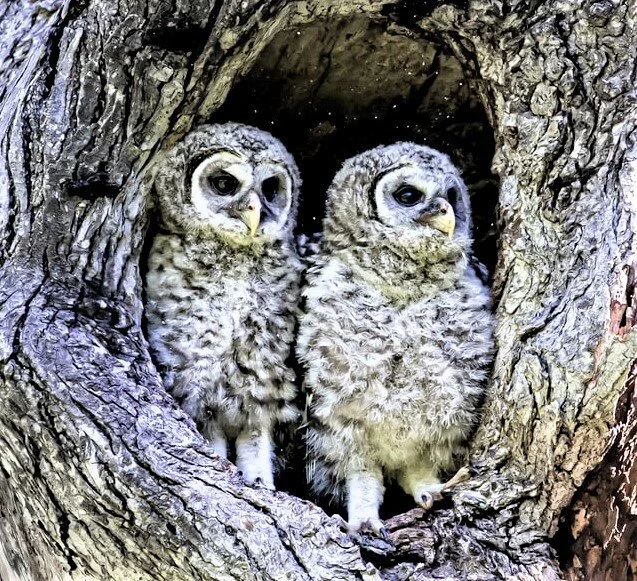The value of an old tree is often overlooked in the haste to plant new trees says environmentalist George Monbiot in a recent article in The Guardian. Trees that have been struck by lightening or are forked, twisted, rotten, or dead, are keystone structures of the forest on which many species depend. And the most important features of big, old and rotten trees are holes.
Between 10% and 40% of the world’s forest birds and mammals need holes in trees in which to nest or roost. Holes are found in hollow trunks, branches, tunnels mined by insects, cavities dug out by woodpeckers and all make homes for other nesting birds and mammals.
But such trees are fast disappearing. Our habit of treating trees as interchangeable is devastating to wildlife. A young sapling cannot replace an old tree and it’s important to appreciate that standing or fallen dead trees continue to provide crucial habitats — holes and all!

